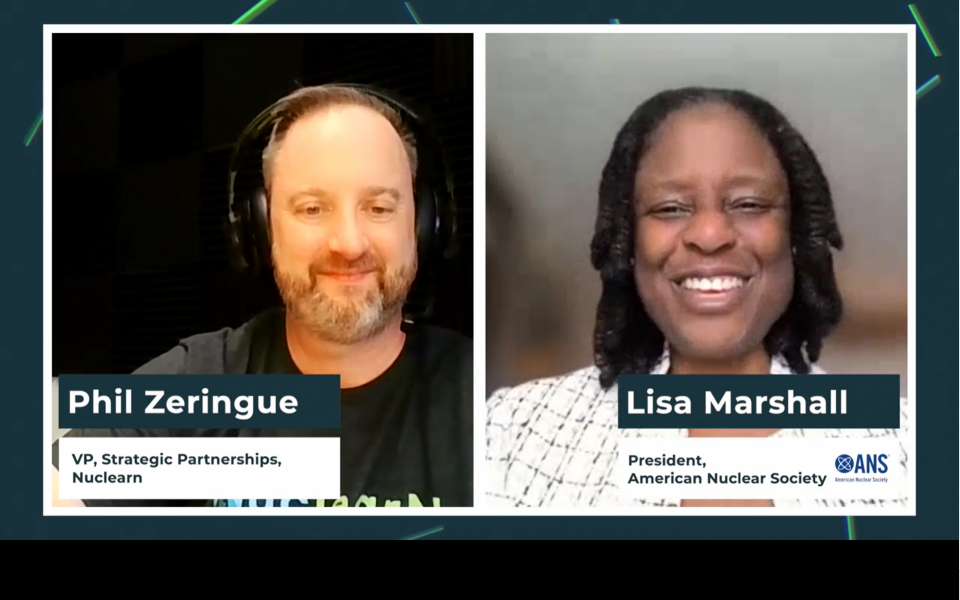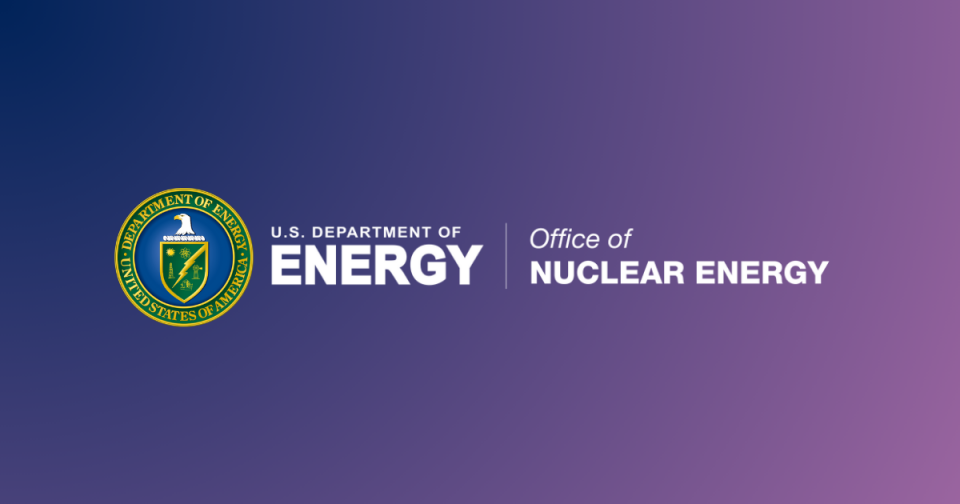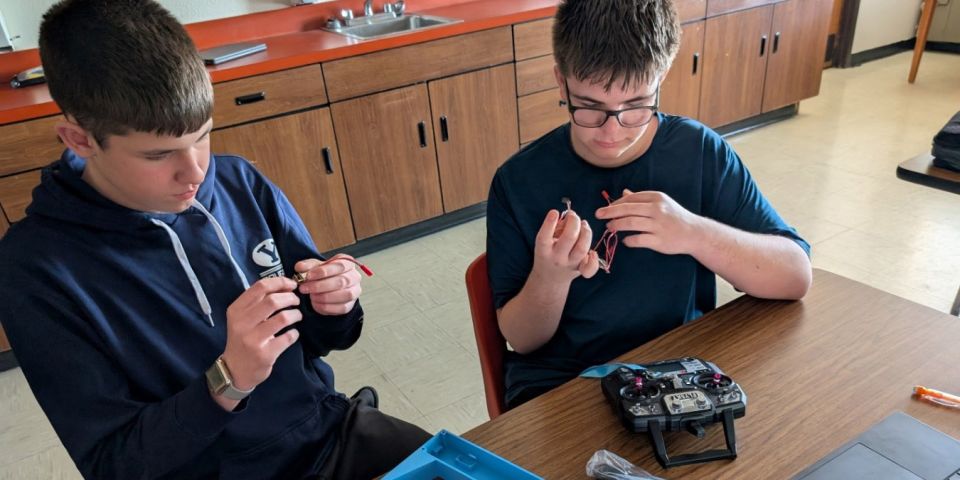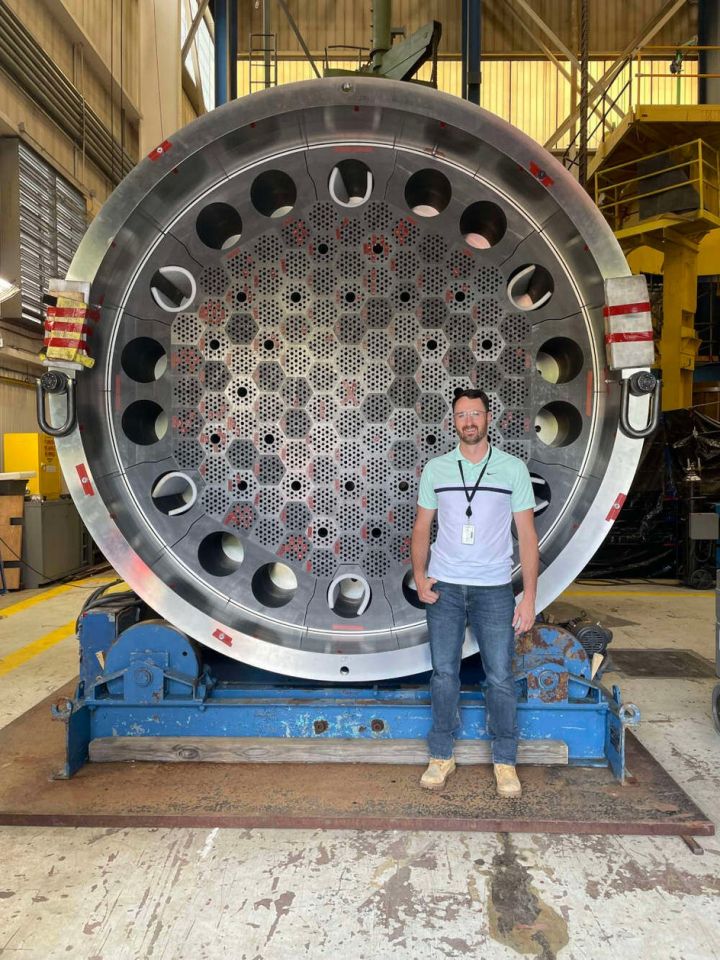Small Modular Reactors Competing Head to Head With Natural Gas
On Thursday, December 1, 2011, the University of Chicago's Energy Policy Institute at Chicago (EPIC) released a study titled Small Modular Reactors - Key to Future Nuclear Power Generation in the U. S..
Although I could have saved some money and vacation time by just watching the web cast or the archived video, it is hard to pass up a chance to ask questions from people who have spent so much time researching a topic with so much national impact. I must also admit a selfish motive for taking a day of vacation to make the trip to D.C.-widespread acceptance of the analysis may have an impact on my personal career.
John Hamre, the president and chief executive officer of the Center for Strategic and International Studies, gave the introductory speech and focused on the possibility that smaller reactors, partially built in factory settings, might help to overcome two barriers to new nuclear plant construction.
Instead of requiring a per-unit capital outlay on the order of $10 billion, which is a large portion of the total market capitalization of even the largest U.S. electrical power utility companies, they could cost 1/10th that amount. Instead of requiring a 7-10 year planning and construction time delay, they might allow a more manageable 3-4 year planning and construction period once the designs are complete, the licenses have been obtained, and the factories start producing modules.
The researchers and the study sponsor made a conscious decision to design the study to be technology agnostic. The goal was not to determine the advantages or disadvantages of one particular design, but to determine if the economy of unit volume (mass manufacturing) could provide sufficient competitive advantages to overcome the economy of very large sizes.
The authors also made the decision not to compete smaller reactors against large ones, but to compete each type of reactor against natural gas. During several exchanges with the audience during and after the talk, the study authors emphasized that they thought that smaller reactors complimented large ones and opened additional markets that would not otherwise be accessible to nuclear energy solutions.
In both the 2004 Chicago Study and the current work, the future behavior of natural gas prices is the dominant factor when assessing the relative competitiveness of nuclear energy for baseload power. In the absence of carbon pricing and increasingly stringent air and water quality and waste management regulation, natural gas-fired generation is cheaper than all other source of generation at the moment.
(Key to Future, p. 10)
The researchers made an excellent case for the importance of developing a strong order book, of investing in design refinements that make it easier to manufacture plants in series, and of finding early adopters that can potentially accept the higher prices that will be necessary before the producers have a chance to drive down costs by moving down the learning curves.
One thing that the study did not do very well was to explore unconventional (for the nuclear industry) financing that might be available for companies that are producing disruptive technology. Inventors of capable small reactors have the potential to gain access to reasonably well-protected markets where there are large barriers to entry for later movers who wait until the first movers have proven their systems.
Instead of discussing venture capital, early acquisition by large companies that are already in the energy business or initial public offerings-models that are widely used in the capital intensive high technology industry-the researchers focused on ways that the federal government could assist in stimulating industry development.
Some ideas that are explored in the study are long term power purchase agreements, government funding for the detailed design and engineering (DD&E) phase, and public-private partnerships for the lead plants.
During the Q&A session, it became apparent that the researcher best able to answer some of the questions that most interested the audience had not been able to attend the report rollout. Dr. Geoff Rothwell's name came up both with regard to the modeling of natural gas price behavior and with regard to the modeling of the plant operations and maintenance staff.
Dr. Ed Lyman from the Union of Concerned Scientists asked whether the study analysis took into account the spacing or protections that might be required in order to locate multiple modules on the same site, citing the lessons he learned from the events at Fukushima. The answer was that it was not part of the study, but would be a part of the detailed technology and safety evaluations that would be the Nuclear Regulatory Commission's responsibility.
A visitor from South Korea noted that his country had already started the process of evaluating a license application for a small modular reactor and had determined that the economics for a pure electrical power generator were not favorable without taking advantage of the waste heat production for either desalination or industrial process heat. (Video minute 45:50)
That is an area where smaller reactors have a significant advantage over larger ones-they can theoretically be located close enough to a heat customer so that the heat does not have to be transported over long distances. The study authors responded that although they had talked about those heat applications and the potential for using waste heat, they had not pursued that path for this version of the study.
The researchers are not yet finished; in addition to process heat applications, they identified many areas of additional work that needed further refinement. The report is a good start, however, and worth studying if you have an interest in the factors that need to be addressed and carefully managed in order to enable smaller reactors to achieve their full market potential.
[Note: Although I work for B&W on the mPowerTM reactor team, all opinions expressed here are my own. I do not speak for my employer.]
_____________
Rod Adams is a pro-nuclear advocate with extensive small nuclear plant operating experience. Adams is a former engineer officer, USS Von Steuben. He is the host and producer of The Atomic Show Podcast. Adams has been an ANS member since 2005. He writes about nuclear technology at his own blog, Atomic Insights.










